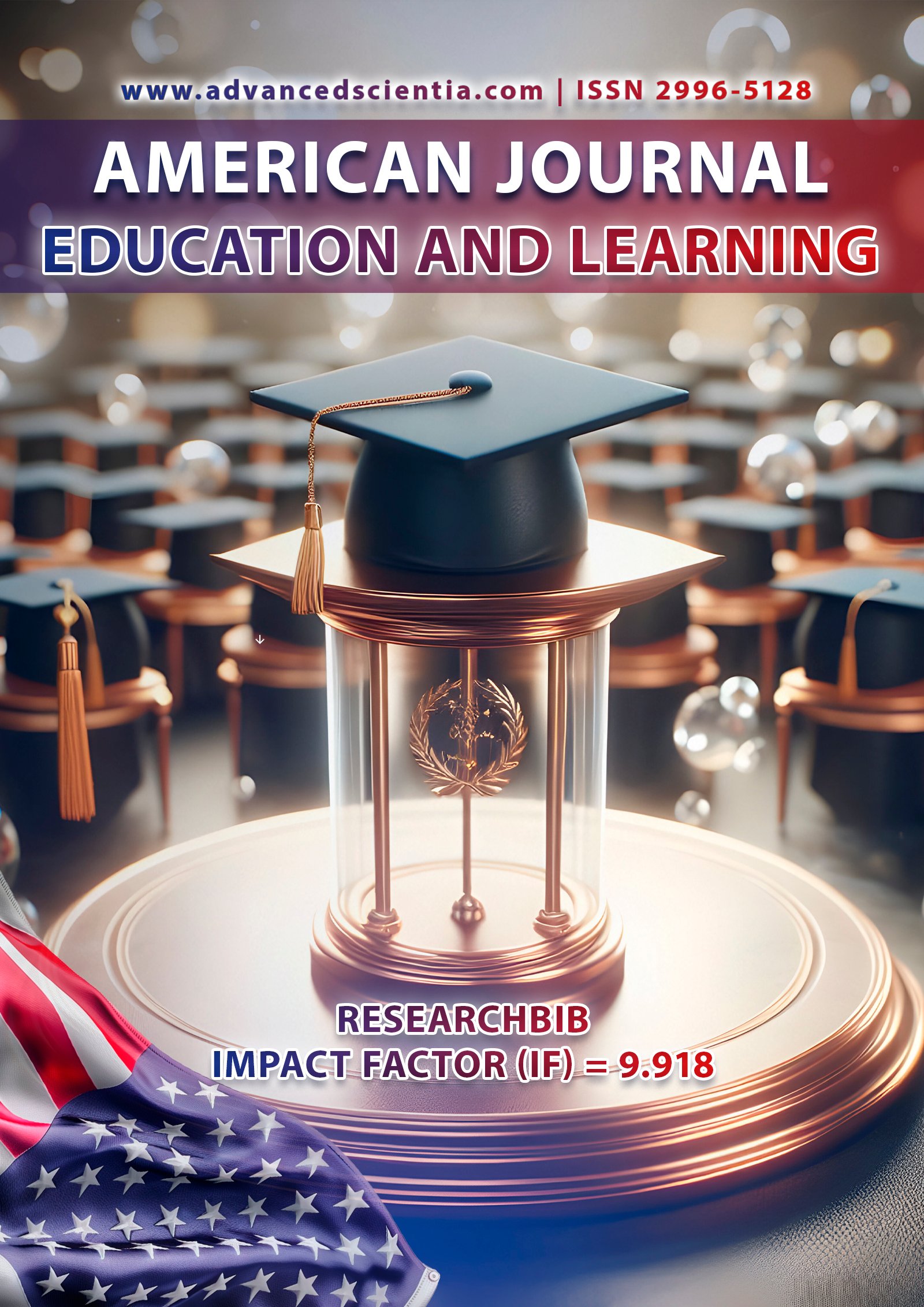FOREIGN LANGUAGES: CURRENT CHALLENGES
Abstract
Being able to speak in various languages is a useful talent that opens doors to professional, cultural, and personal opportunities in a world that is becoming more and more globalized. But even if the value of learning a foreign language is becoming more widely acknowledged, achieving linguistic fluency presents a number of difficulties for both students and teachers. A branch of artificial intelligence (AI), neural network technologies are rapidly changing the face of education. The potential to completely transform the way we learn, teach, and interact with knowledge has grown as machine learning models advance. This article examines the contemporary obstacles to learning a foreign language, which include educational hurdles, sociopolitical constraints, cognitive limitations, and technology impacts.
References
1. Berns, M. (2017). The multilingual turn: Implications for SLA in the twenty-first century. John Benjamins Publishing Company.
2. Cook, V. (2019). Second language learning and language teaching. Routledge.
3. Deci, E. L., & Ryan, R. M. (2008). Self-determination theory: A macrotheory of human motivation, development, and health. Canadian Psychology/Psychologie canadienne, 49(3), 182-185.
4. Garton, S., Copland, F., & Burns, A. (2017). The teaching of speaking: A global perspective. Cambridge University Press.
5. Horwitz, E. K. (2001). Language anxiety and achievement. Annual Review of Applied Linguistics, 21, 112-126.
6. Moseley, C. (2020). Language loss in the wake of political tensions: The decline of Russian language learning. International Journal of Language and Politics, 20(2), 134-152.
7. Phillipson, R. (2009). Linguistic imperialism continued. Routledge.
8. Singleton, D. (2014). Language acquisition: The age factor. Multilingual Matters.
9. Zhang, Q., & Lai, M. (2023). The impact of AI-driven language learning tools on second language acquisition: Opportunities and limitations. Language Learning & Technology, 27(1), 45-62.
10. Kamalova Sh. Prospects and Future of Neural Network Technologies in Education (2024) AMERICAN JOURNAL OF EDUCATION AND LEARNING
ISSN: 2996-5128 (online) | ResearchBib (IF) = 9.918 IMPACT FACTOR
Volume-3| Issue-1| 2025 Published: |01/2025| 487-488
11. Hotamovna, F. (2024). Cognitive-semantic analysis of technical terms combinations and their expression for training engineers. In BIO Web of Conferences (Vol. 84, p. 04027). EDP Sciences.
12. Muratkhodjayeva, F. (2024). Cognitive Linguistics Theory in Anthropocentric Paradigm. International Journal of Industrial Engineering, Technology & Operations Management, 2(2), 63-70.
13. MURATXODJAEVA, F. (2024). PSIXOLINGVISTIKA VA TILSHUNOSLIK: NUTQ VA TILNING PSIXOLOGIK MUNOSABATLARI. News of the NUUz, 1(1.6), 337-339.
14. Raimjanova, N. (2019). THE IMPORTANCE OF MOTIVATION IN LEARNING PROCESS. Актуальные научные исследования в современном мире, (11-6), 27-28.
15. Raimjanova, N. X. (2021). TIL O'RGANISHDA AKTNING O'RNI. Academic research in educational sciences, 2(6), 1203-1205.






















